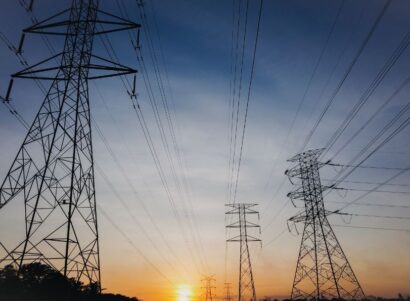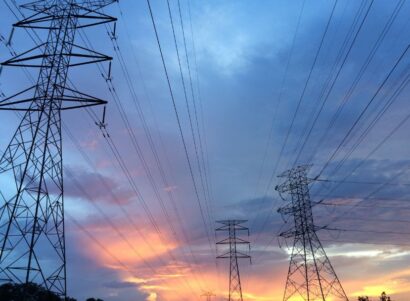Background
Research on the health impacts of power outages, household energy cost burdens, and grid inequities all highlight the importance of incorporating equity into outage cost calculations. Power outages have economic costs, and can also cause serious health impacts, particularly for vulnerable people. Disadvantaged households, especially if burdened by high costs of living, may be less able to invest in energy resilience solutions. Existing metrics used to evaluate the impact of power outages on residential households and prioritize investment in electricity reliability consistently underestimate the effects these events have on members of disadvantaged communities as these estimations are often built using income and property values. This can result in equity gaps, as lost work time or damaged property is automatically valued lower in lower income households.
Key Findings
To measure outage impacts through an equity lens, we adapted accepted energy affordability methods including affordability ratios, energy burdens, and energy affordability gaps to frame a resilience-focused analysis. We then incorporated outage costs into these updated affordability methods, including some analysis of geospatial distributions of outages and the affordability of outage impacts. Finally, we assessed the accuracy of our results and underlying assumptions against on-the-ground data from interviews and surveys.
- High energy burdens, where energy costs are greater than 8.5 percent of net income, impact 4.4 Million households and generate a total affordability gap of $4.1 billion dollars in California.
- Including the impact of power outages increases the affordability gap by almost $1 billion. This resilient energy affordability gap impacts 4.9 million households.
- Surveys and questionnaires reinforce statistical analysis:
- They reiterate that the high percentage of income necessary for essential expenses like food and utilities presents a significant challenge for lower income households.
- They show the elements we used to quantify outage impacts were felt within the communities.
- Surveys and questionnaires also show some of the limitations of the publicly-available data used for statistical analysis:
- County-wide average outage data can hide wide disparities in outage experiences. For example, Alameda County statistics showed 2.3 outage hours per year, but survey respondents averaged more than 10 outage hours per year. Similarly, Napa County statistics showed 15 outage hours per year, while a survey respondent from Napa County reported experiencing around 45 hours of outages annually.
- In addition to food and income losses, some more difficult to quantify impacts were also experienced, including damages to physical and mental health.

 Technical Report
Technical Report










